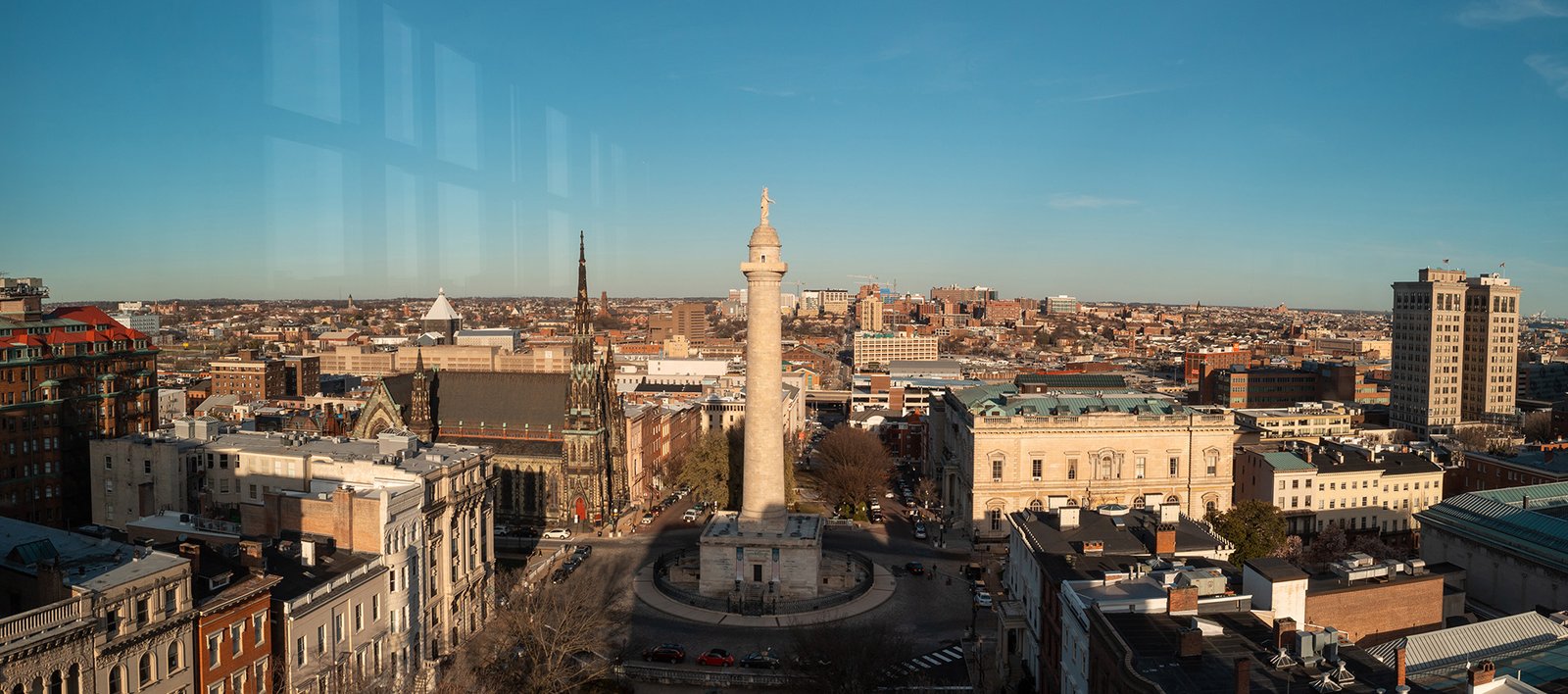
Baltimore: The Beauty of Contrast and Contradiction
The cultural capital of Maryland, the birthplace of crab cakes and the film Hairspray, Baltimore is also the port where American democracy was defended and a place of endless contrasts…from its museums to its graffiti-filled walls. There is a balance between great generals and cannons and the creative freedom of those who dare to be authentic. Here’s to Baltimore.
By Alexa Carolina Chacón
Photos: Paul Castillero
What do Michael Phelps, John Waters, Billie Holiday, Babe Ruth, and Edgar Allan Poe have in common? Baltimore. The most decorated Olympian in history, a transgressive film director, a revolutionary jazz singer, a baseball legend who ended up making a career with the New York Yankees, and a poet of the macabre are all from this city. This mix is the perfect metaphor for a place as eclectic as its list of hometown celebrities. It shows that no destination can be defined, or known, by its sumptuous skyline alone.
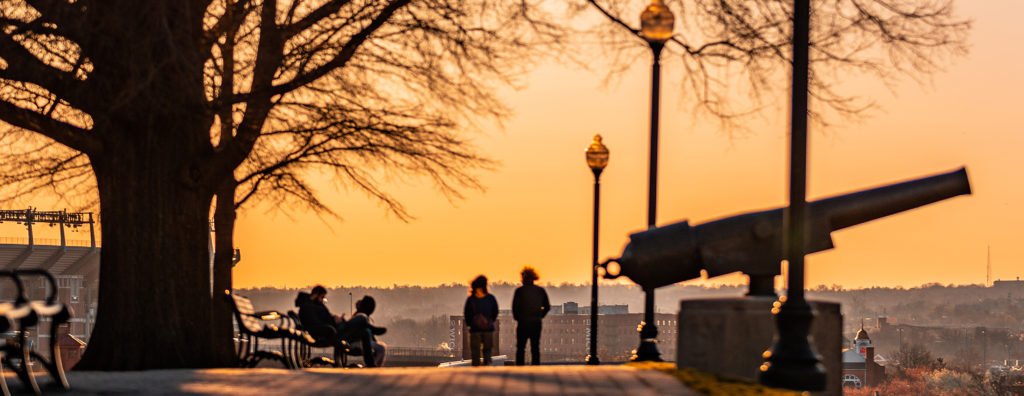
The city’s nickname, “Charm City,” fits like a glove, as is evident when touring its neighborhoods, opening the doors of its restaurants, hotels, and bars, and in all interactions. A keen sense of humor and the ease of those who enjoy conversing with new people pervade every encounter. Far from the formality of Washington D.C. or the aggressiveness of New York, the soul of Baltimore lies in the preservation of the city’s culture, history, and art. And in its people.
How would you define it? Perhaps as the cultural capital of Maryland, the birthplace of the crab cake, or the place where eccentricity was born. Or the place where the first light pole was installed and John Waters created the original film Hairspray. How about as the city where house and club music were born, and where Lady Day graced jazz with a whole new level of nuance, or as the port where American democracy was defended thirty years after independence, giving birth to the national anthem? A place of endless contradictions…from the sublimity of a Monet in its museums to the authenticity of its graffiti. It shows that destinations are not only defined, or known, by a sumptuous skyline
Neighborhoods That Tell Stories
A tour of Baltimore can be done relatively quickly. Our stay began in Mount Vernon, where the first thing I recognize is an obelisk in honor of George Washington. This was built before the one in the nation’s capital. In fact, Baltimore is a city of many “firsts,” including the first cathedral in the United States, the Basilica of the National Shrine of the Assumption of the Blessed Virgin Mary, which was built in the 19th century. Mount Vernon, part of the Bromo cultural district, is the city’s artsy neighborhood, a cultural hub with museums, galleries, and hotels of exceptional design. This active community hopes to become the city’s next trendy neighborhood. Its Georgian architecture reflects the fact that the buildings were built in the 18th century, during the reign of the British King George.
As you walk down Charles Street you’ll see downtown on your right and the Inner Harbor area on your left. The former is known for Oriole Park at Camden Yards, which is the home of the Orioles baseball team. What makes this ballpark special is the Camden Yards railway station, now restored and part of the stadium ecosystem, something unique in the United States. A few meters from this temple of sport is another of the city’s important stadiums, the home of the Ravens football team. Did you catch the reference to Edgar Allan Poe? They even chose a raven named “Poe” as the team’s mascot. While other cities have built sports arenas outside the urban center to save space, the stadium here has brought life to downtown and helps to support the local economy.
The Inner Harbor provides visitors with a maritime understanding of Baltimore. You’ll see yachts, sailboats, and historic ships. The National Aquarium is its most popular attraction and, after operating for forty years, it is one of the most important tourist attractions in the state of Maryland. Follow the coastline and you’ll come to Fell’s Point, Baltimore’s most sophisticated neighborhood, with trendy hotels and restaurants. In addition to The list of places visited by Panorama is completed by Remington, to the north, where the Baltimore Museum of Art is located, and Federal Hill, very close to the Inner Harbor, where you’ll gain a hands-on understanding of the city’s historical importance.
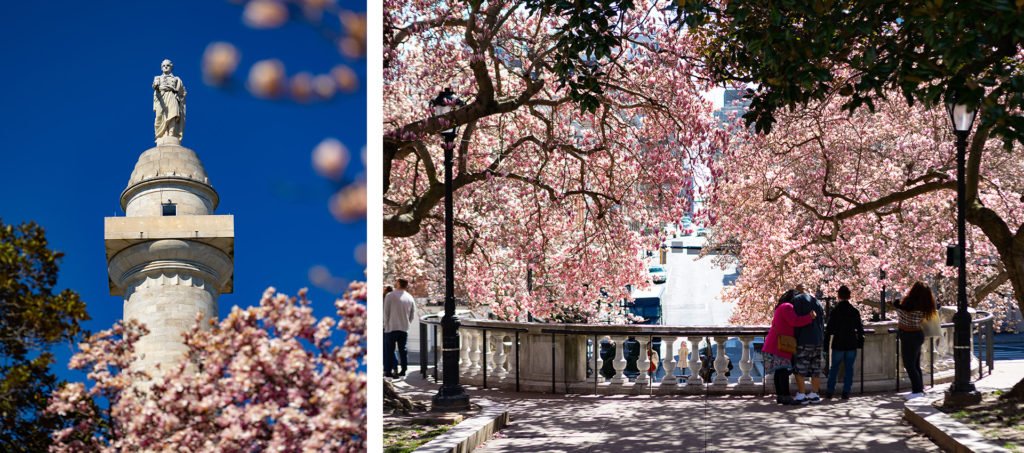
“Oh, say can you see…”
Although Washington D.C. is the nation’s capital, Baltimore was essential to the country’s independence. At Fort McHenry, a ranger explains in great detail how, in 1814, a failed attempt to bombard the fort from the sea forced the British to abandon a planned land assault. The new republic’s sovereignty was defended during that battle, which also inspired poet Francis Scott Key to write “The Star-Spangled Banner,” the national anthem we know today. A visit to Fort McHenry also illuminates the commercial importance of the Port of Baltimore. But it’s not a fishing port. Ever since independence, the city’s geographic location has been vital to commerce, as well as the import and export of products.

A Full-flavored Culinary Heritage
Well-seasoned food made with intention and love is to be expected in a city with such a diverse population. Typical seasoning combinations feature at least 18 spices and herbs. The main “canvas” for these masterpieces is shellfish, especially crabs, which are in season starting in June, when water temperatures rise with the arrival of summer.
For 106 years, the Phillips restaurant has kept the Crab Feast tradition alive. Like a Roman emperor or a figure in a Renaissance painting, you’ll be seated at a table strategically covered in butcher paper, where they’ll serve up a feast of well-seasoned crab that’s been steamed—not boiled, as it’s done in the South—fried chicken (another Baltimore favorite), shrimp, watermelon to refresh the palate, potato salad and cole slaw, and, of course, the star of the city: crab cakes.
You pound the crab’s shell with a wooden mallet and a knife before pulling out the soft meat, soaking it in melted butter, and eating it. It is a complete ritual grounded in years of tradition and heritage. A meal meant for gathering, sharing, and coming together around food in a way that forces diners to talk to each other. In Baltimore, cooking is a display of affection. Food is not only to sustain life, but to bring pleasure.
In addition to Phillips’s traditional seafood, Baltimore offers many modern and contemporary alternatives, from the most sophisticated restaurants to a variety of marketplace options. Again, Baltimore and its contrasts. Founded in 1782 and located in Mt. Vernon, Lexington Market is the most iconic of the city’s markets and the oldest continuously operating public market in the United States. After 240 years in business its current iteration was constructed right next to where the original building still stands. Baltimore is known for preserving its history. You won’t want to miss the market’s fried chicken.
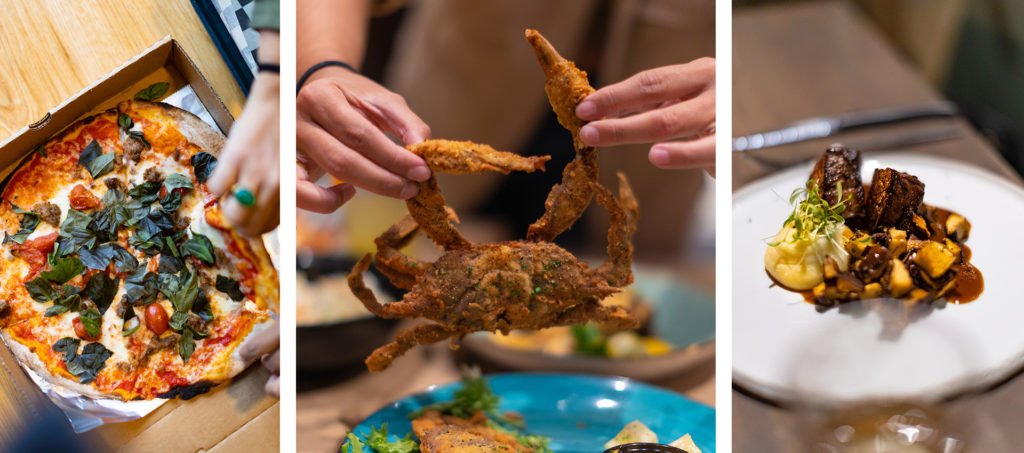
R. House, another market in the Remington neighborhood, has outstanding pizza, chicken sandwiches, and craft beer. As we walked these streets we also came across Café Los Sueños, run by Salvadoran Carlos Payes in a small space that serves up specialty coffee from countries like Uganda and El Salvador. The success of Los Sueños (there was a line to get in) is a sign of the locals’ commitment to supporting small local businesses rather than a chain. For fine dining, we suggest two outstanding options: the Prima Dopo restaurants, with Italian cuisine and a lively atmosphere, and the Rec Pier Chop House, at the Sagamore Pendry hotel, with incomparable service and a rib eye that is popular with diners.
Rodin’s “Thinker” in Baltimore?
As the birthplace of iconoclastic geniuses like John Waters and Edgar Allan Poe, the vibrance of Baltimore’s artistic scene should come as no surprise. But did you know that the city has an original Thinker by Rodin? Or that the city can claim the largest Matisse collection outside of Paris? The Baltimore Museum of Art, the first stop for any art lover, is home to a vast collection of 19th century art, as well as modern and contemporary pieces donated by different collectors. The museum’s sculpture garden features a work by American artist Alexander Calder. Picasso, Monet, Van Gogh, Gauguin, Cézanne…all under one roof.
Baltimore is privileged to have one of the world’s most beautiful libraries, the George Peabody Library. Founded in 1878, it is home to an original edition of Charles Darwin’s On the Origin of Species. The contrast, a constant theme in this article, is provided by places like the American Visionary Art Museum, dedicated to self-taught artists with no formal academic training. The same can be said of Graffiti Alley, an L-shaped corridor that hosts different genres of street art and makes a favorite spot to take photos to post on social media. In Baltimore, there’s room for everyone.
Baltimore’s charm lies in its authenticity. It’s a city that is proud to display its seams and inner workings, for better or worse. It leaves nothing in doubt and boldly wears its colors on its chest, welcoming anyone who wants to see them. The same energy that drove the famous battle to defend the republic against the most powerful shipping fleet in history still lives today.
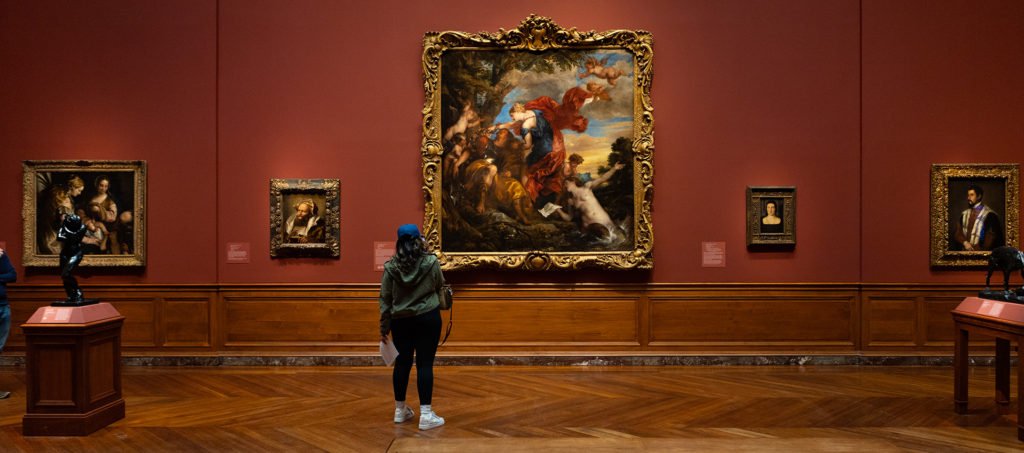


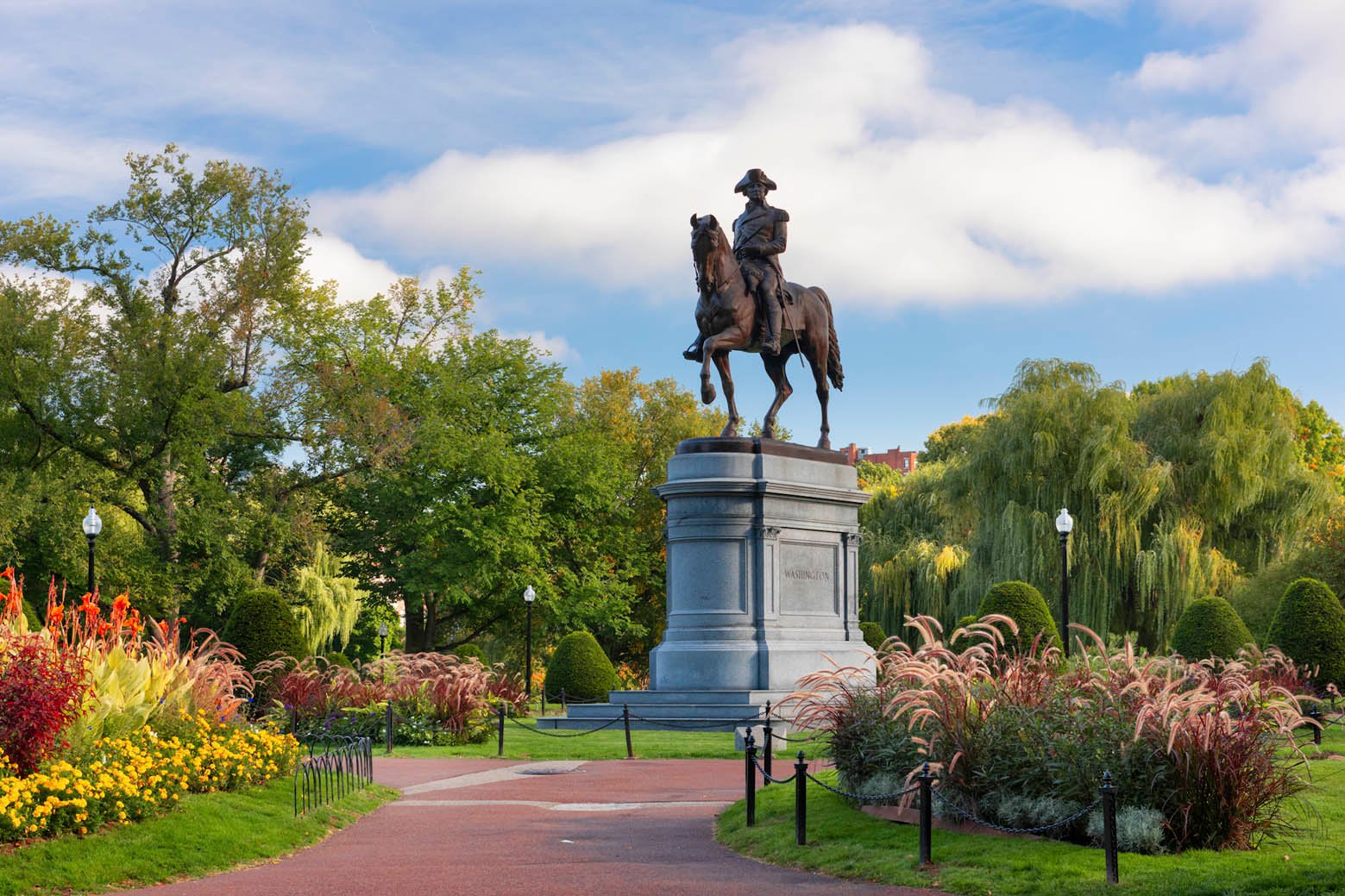
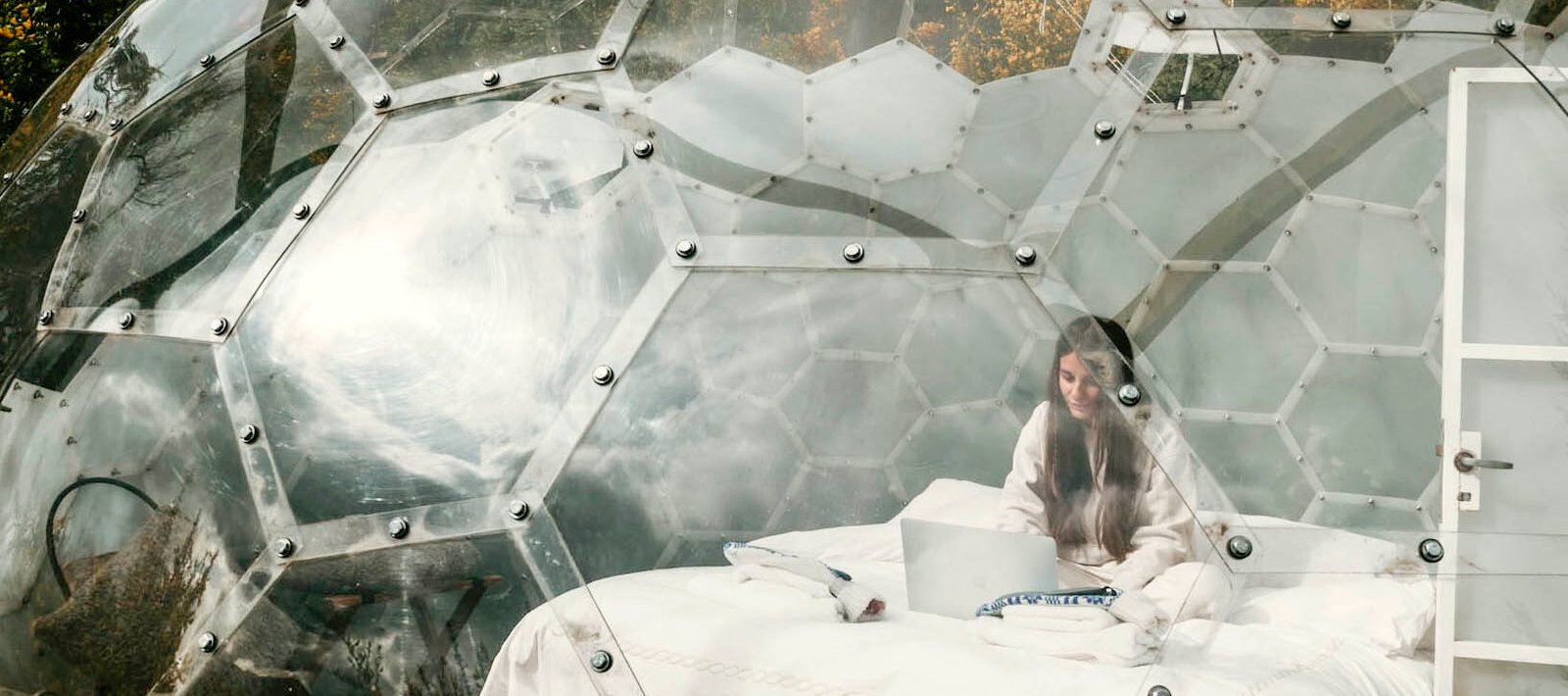
Leave a Reply